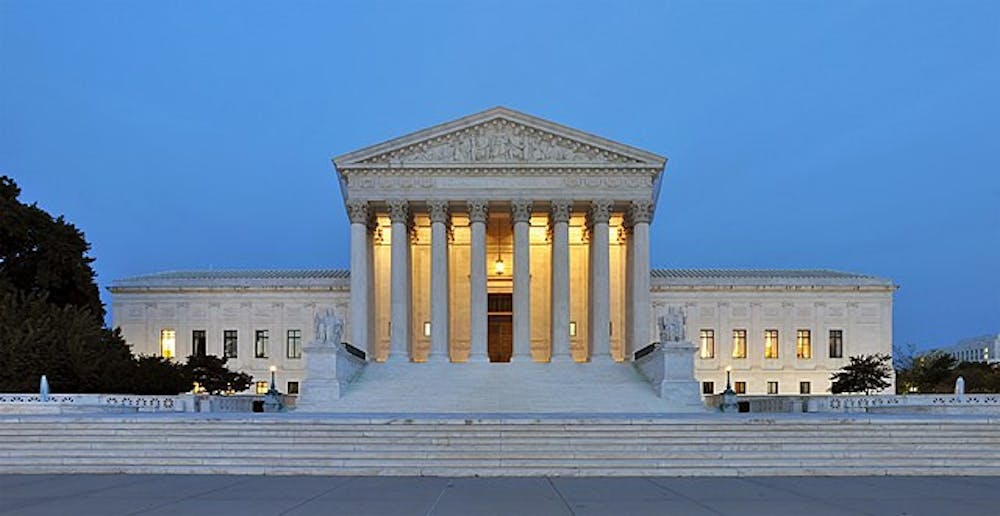The Supreme Court continued to upend decades of precedent when it ruled in June that the race-conscious admissions practices at Harvard College and the University of North Carolina are unconstitutional. While many things are unclear regarding how institutions of higher education will attempt to recruit and retain diverse classes in this post-affirmative action era, one thing remains certain — our work is just beginning. Carefully crafted statements from University administrators are necessary, but they must be coupled with meaningful action that ensures the University looks and feels like the Commonwealth it is supposed to serve.
Siding with the legal activist group Students For Fair Admissions, the Supreme Court ruled that race-conscious admissions practices at Harvard and UNC violate the equal protections clause of the 14th Amendment. With the stroke of a pen, the court’s conservative majority took a Reconstruction era amendment — designed to intentionally include and uplift formerly enslaved people — and weaponized it against inclusion and diversity on college campuses.
There is no doubt that the court’s decision is a damaging one — when affirmative action was outlawed in California, UC Berkeley, for example, saw a 40 percent drop in Black and Latino enrollment. We cannot let the past serve as prologue. There are steps the University can and must take to redress systemic inequities in K-12 education and put together classes that are genuinely diverse.
While the court has taken away our school’s ability to consider race in and of itself as a factor in admissions decisions, schools can still consider the way race has impacted a student’s life — and they must. The University should craft admissions questions that allow students to expand on how their identities have influenced their perspective or impacted their experiences. Outside of the admissions office, some have even suggested that America’s elite universities could use their extremely outsized endowments to provide free college prep in poor or redlined communities. This would allow schools to more effectively address the issues presented by racial inequality far better than any reactive admissions policy ever could.
Maybe most importantly, the University must be more transparent about the steps it takes as administrators do “everything within legal authority” to recruit a diverse class, as they have promised. Part of why affirmative action was such a crucial part of crafting equitable admissions practices was because white students are more likely to have access to financial resources — and even parents or other adult influences — that are able to help them navigate the college admissions process more effectively. Given the court’s decision, the University must do everything in its power to remove college access barriers and meet diverse students where they are at. By being transparent about our admissions policies, practices and expectations — and taking this message directly to the students who will benefit most from hearing it — not only will we remove barriers to accessing an education here at the University, but we will also signal to prospective students that our community wants and values marginalized perspectives.
The bottom line is that we must move beyond band-aid fixes. Affirmative action was never a wholesale solution to the racial inequities that our country continues to face. This isn’t to say that the court was right to rip away the bandage while ignoring the wound that lay beneath — two things can be true at once. Affirmative action was a temporary solution to a larger problem. Yet, true justice requires that we reckon earnestly with our history and address the root causes of the various issues that plague communities of color across this nation.
The court can ban affirmative action — what they cannot ban is our resolve to build a higher education institution that serves everyone, especially those it was designed to exclude.
The Cavalier Daily Editorial Board is composed of the Executive Editor, the Editor-in-Chief, the two Opinion Editors, their Senior Associates and an Opinion Columnist. The board can be reached at eb@cavalierdaily.com.







